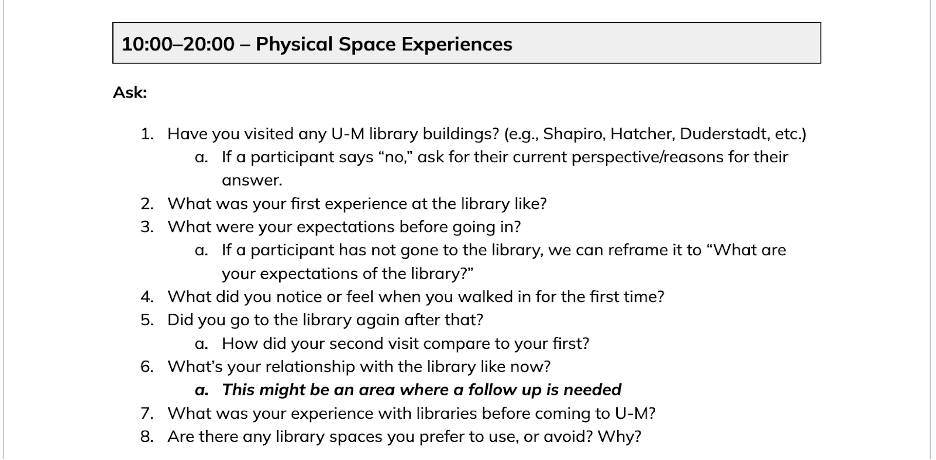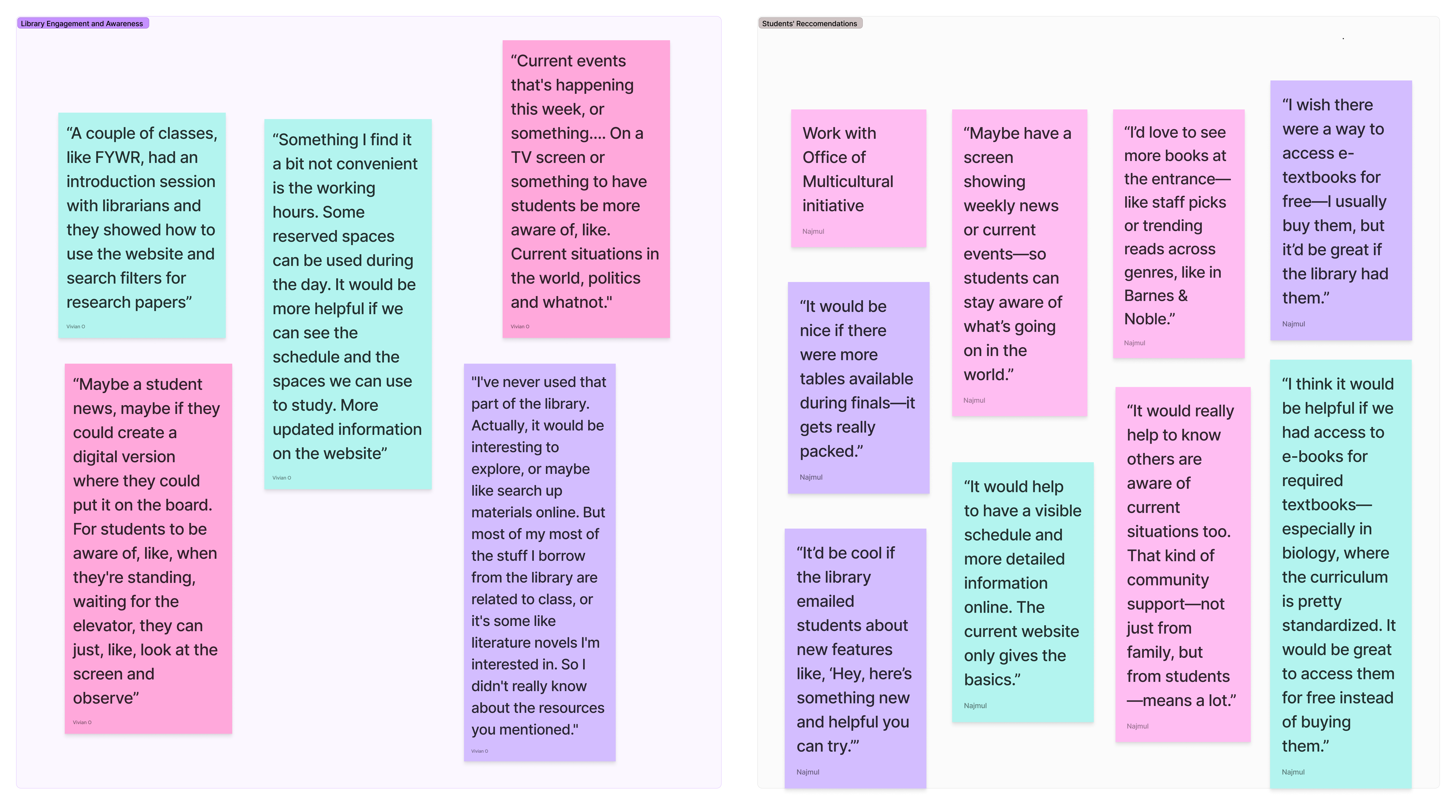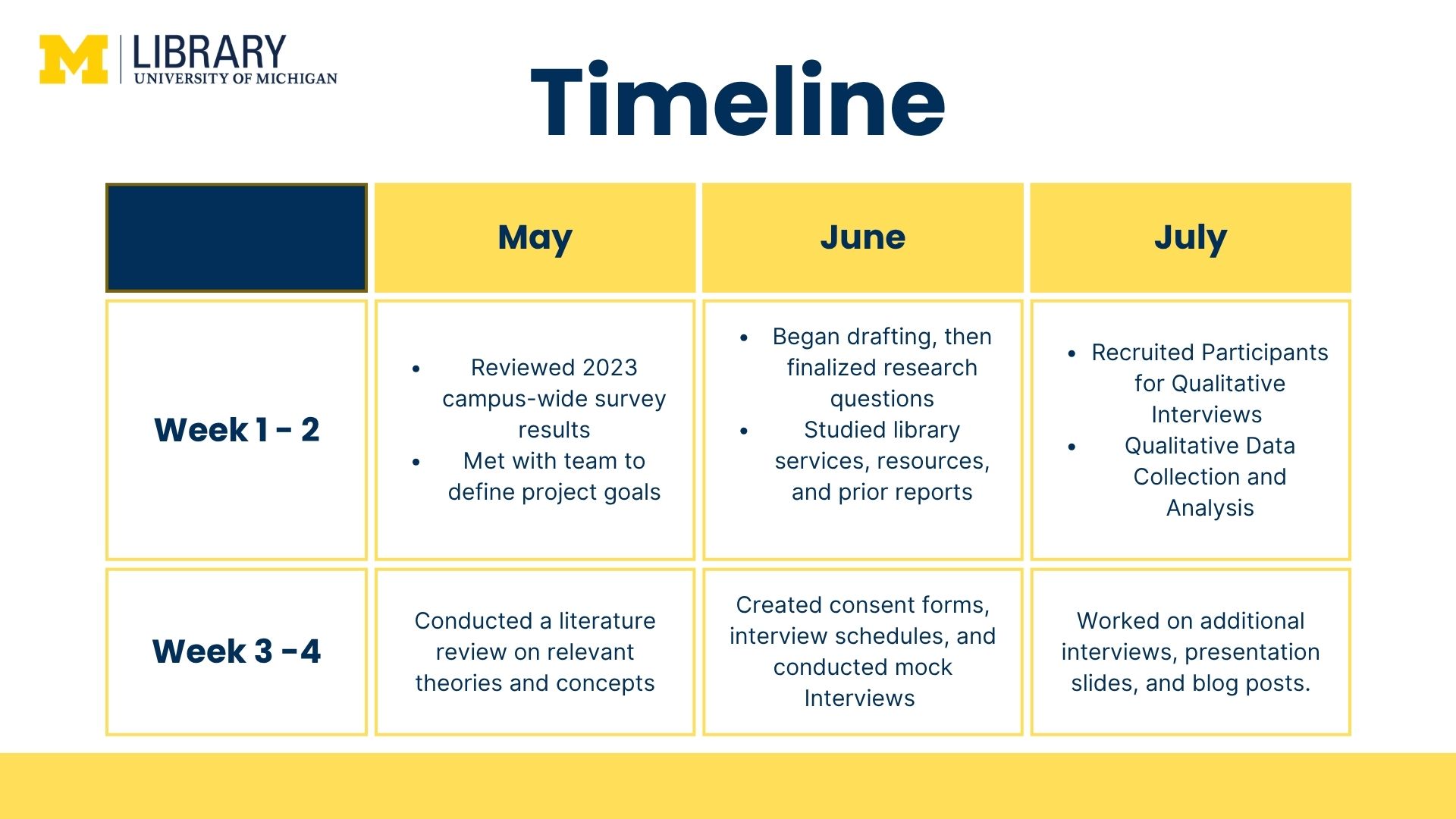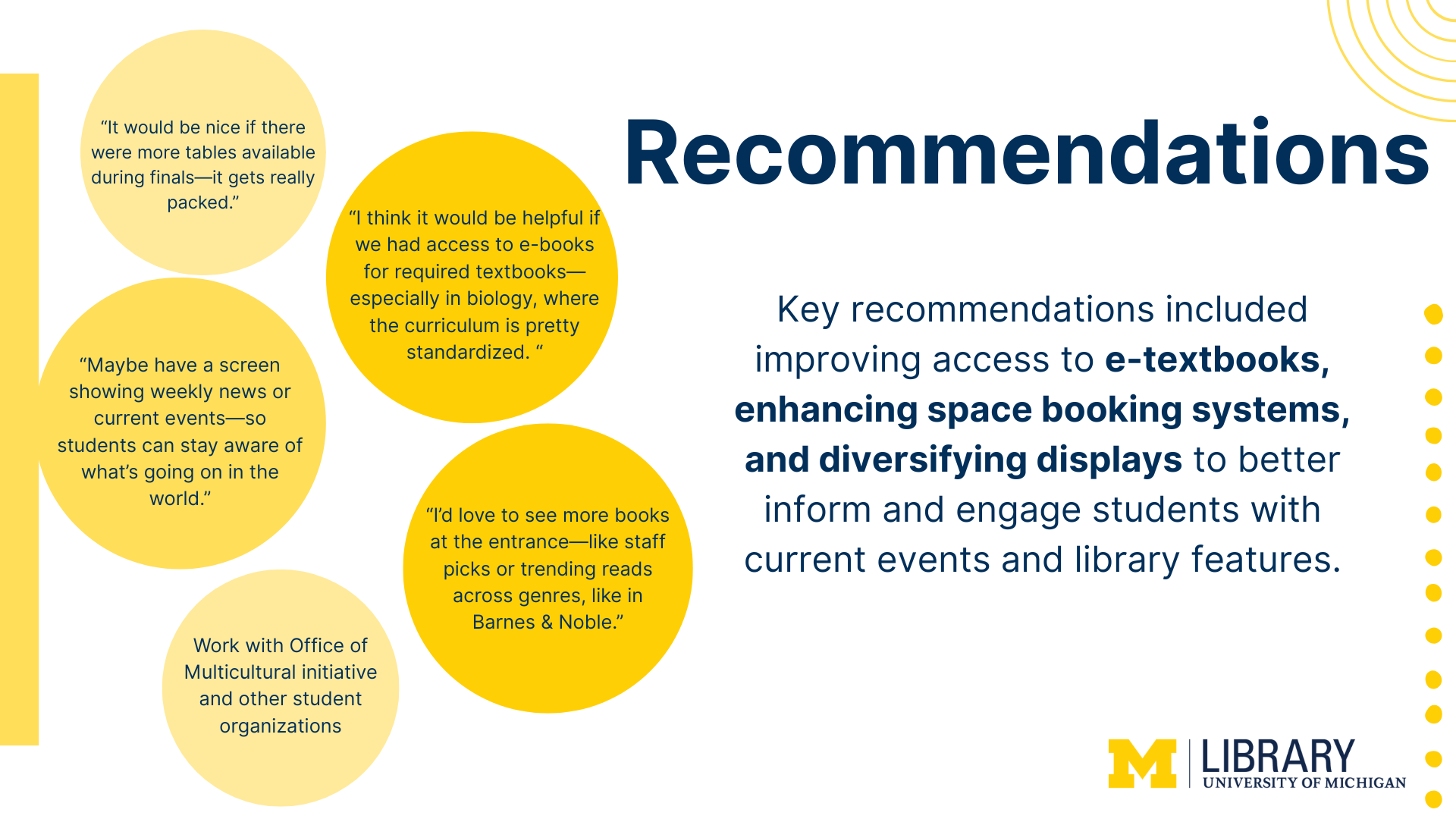About Me
I started my journey at UMich as a passionate student excited to pursue a career in tech. But freshman year hit hard. I found myself losing hope after getting ghosted or rejected by internships. Overwhelmed with classes and clubs, I stopped looking for internships altogether. Then, I stumbled upon the Michigan Library Scholars (MLS) research internship right before its deadline. As a first-gen student, I was instantly intrigued by the project focused on the experiences of first-gen international students. It was the kind of opportunity that could restore my confidence. The project closely aligned with my passion for enhancing people’s experiences and developing my user research skills. This internship gave me more than just experience. It gave me hope again.
I’m a sophomore majoring in Information Science, on the User Experience Design track. I’m passionate about designing better experiences for people, and this summer I learned that listening deeply to others is the foundation of any meaningful design or research.
Our Project: “First Voices: Navigating the Library as First-Gen International Students”
The U-M Library conducted a campus-wide survey in 2023, gathering feedback from over 15,000 students, faculty, and staff. Our MLS team took that data one step further. We focused on a specific and often overlooked population: first-generation international students. Our goal was to understand how they experience the library—from their first visit to how they find resources to what they hope to see improved. We designed our own study, conducted interviews, coded the data, and created a final presentation with actionable takeaways for the library.
My Contributions
As the underclassman in the group, I initially felt intimidated and worried my skills would not be enough. But Ayat and Vivian always treated me like an equal, and our mentor, Craig Smith, was always encouraging and giving supportive feedback in every step of the journey. That safe, collaborative environment pushed me to give my best, and I’m so grateful for it. Some of my contributions include:
Literature & Data Review: We began by examining the 2023 survey results and conducting a literature review on first-gen international students in higher education.
Research Design: I took initiative in drafting our interview questions. I organized them into thematic categories, added follow-ups with my team, and helped build an interview script that emphasized user rapport.

Figure 1. Image showcasing interview questions about physical spaces in the library
User Interviews: Conducting my first-ever user interview was a highlight. I asked about everything from students’ first impressions of the library to unmet needs and cultural representation. Hearing real experiences in their own words was deeply eye-opening.
Qualitative Analysis: I assisted in coding interview transcripts into themes, using grounded theory techniques, drawing insights about access, identity, and inclusion.

Figure 2. Image of Figma affinity diagram used for qualitative analysis
Visual Design: I utilized creativity to design our presentation slides using U-M branding and created clear, user-friendly slides that told a compelling story through visuals and structure.

Figure 3. Image of final presentation “timeline” slide showcasing task done from May to July
Lessons Learned
Although MLS wasn’t a UX internship, it confirmed that I’m drawn to work that blends empathy, structure, and creativity. I enjoy roles where I get to listen closely to people and use what I learn to improve experiences. That’s what UX is all about, and this project brought me one step closer to that goal. This internship challenged me and helped me grow and sharpen skills I’ve been working to build.
- User Research: I learned how to build rapport during interviews, ask thoughtful follow-up questions, and organize responses into meaningful themes. These skills are essential for anyone interested in user experience or people-centered design.
- Project Management: I learned how to manage timelines and responsibilities, troubleshoot challenges like last-minute cancellations, and take initiative when momentum was low.
- Collaboration: Working with a diverse team helped me grow as a communicator. I became better at asking for help, giving feedback, and staying aligned with our shared goals.
- Visual Design: I enjoyed using my creativity to make our final presentation engaging and on-brand. I learned to balance information and design to make sure our message came across clearly.
- Data Analysis: Coded interview transcripts, identified key patterns, and pulled out insights that shaped our findings.
Personal and Professional Growth
I’ve always been someone who likes to plan ahead. But research taught me that not everything goes according to plan and that’s okay. I’ve become more comfortable with ambiguity, more confident in myself, and more aware of how I contribute to a team. This experience showed me what real-world research looks like. From IRB requirements to transcript coding, I saw how much thought goes into ethical, inclusive research. It also reminded me that the most meaningful work happens when you center people who are often overlooked. That’s something I want to continue doing in any field I work in.
Why the Study Matters
This project investigated how first-generation international undergraduate students at the University of Michigan engage with library spaces, services, and resources. This study gave voice to a group that is rarely centered in campus studies. First-gen international students in our study expressed that:
- They appreciated the library’s resources; they often didn’t know what was available or how to access it.
- Cultural representation came up repeatedly. What’s displayed on the shelves, the signs on the walls, and the visibility of services all play a role in how welcomed students feel.
- Students navigated an invisible learning curve around using academic libraries. Social guidance and class-based exposure helped them adapt.

Figure 4. Presentation slide on recommendations highlighting direct quotes from the students
Every student brings a story, a history, and a set of needs that deserve to be acknowledged. Listening to their voices will make the library empowering and a more welcoming space for all. This internship taught me that research isn’t just about data; it’s about people. It’s about listening, learning, and turning stories into change.
Thank you to the Michigan Library Scholars Program, my teammates Vivian and Ayat, and our mentor Craig for making this summer so impactful. I’m walking away more confident in my skills and even more excited to explore where UX, research, and community-focused work can take me next.